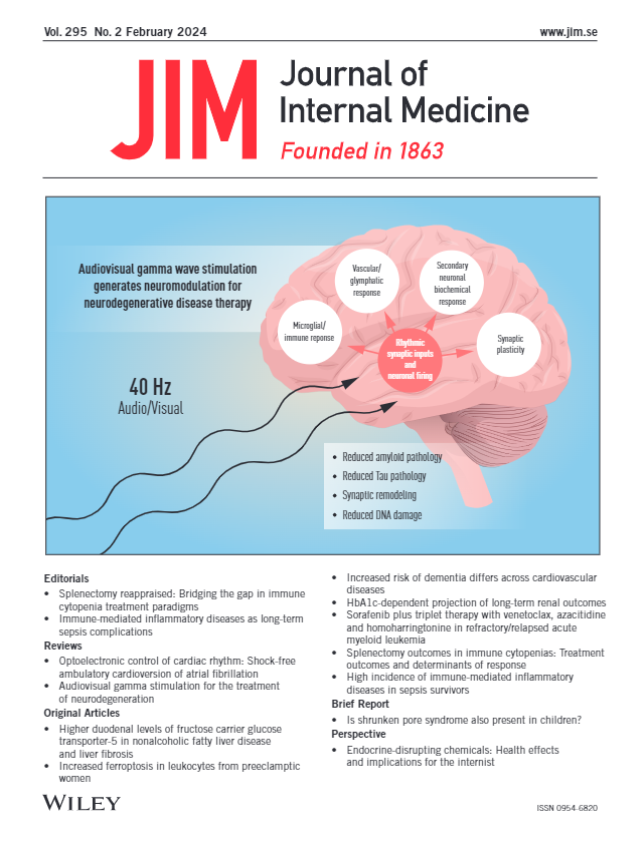Overstated association between adolescent physical fitness and adulthood depression risk due to familial factors
Abstract
Objective
Examine the association between adolescent cardiorespiratory fitness and future risk of depression and dispensation of antidepressants, including the role of familial confounding.
Methods
A cohort study with sibling-comparisons based on Swedish men who participated in mandatory military conscription examinations from 1972 to 1995. The exposure was cardiorespiratory fitness estimated using a maximal ergometer bicycle test. The outcomes were depression diagnosis in specialized outpatient or inpatient care and dispensation of antidepressants until 31 December 2023.
Results
A total of 1,013,885 men (mean age 18.3 years), of which 410,198 were full siblings, were followed until a median age of 56.8 years, during which 47,283 were diagnosed with depression and 237,409 were dispensed antidepressants. In cohort analysis, the highest decile of fitness had lower risks of depression (adjusted hazard ratio [HR] 0.54, [95% confidence interval, 0.52, 0.57]) and antidepressants (HR 0.63; 0.62, 0.65) compared to the lowest decile, with differences in the standardized cumulative incidence by age 65 of −3.9% and −12.3%, respectively. In sibling-comparison analyses accounting for unobserved familial confounders, the associations attenuated for both depression (HR 0.67, 0.59–0.75; incidence difference −2.4%) and antidepressants (HR 0.76, 0.72–0.80; incidence difference −7.2%). Hypothetically shifting everyone to the highest decile of fitness was associated with a preventable fraction of 29.1% for depression and 17.8% for antidepressants in cohort analysis, which attenuated to 17.6% and 10.4% in sibling-comparisons.
Conclusions
High levels of adolescent cardiorespiratory fitness are associated with lower risks of future depression and antidepressants, but the associations might be overstated due to familial confounding.


 求助内容:
求助内容: 应助结果提醒方式:
应助结果提醒方式:


